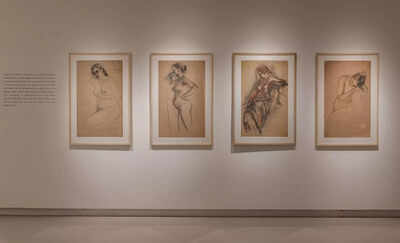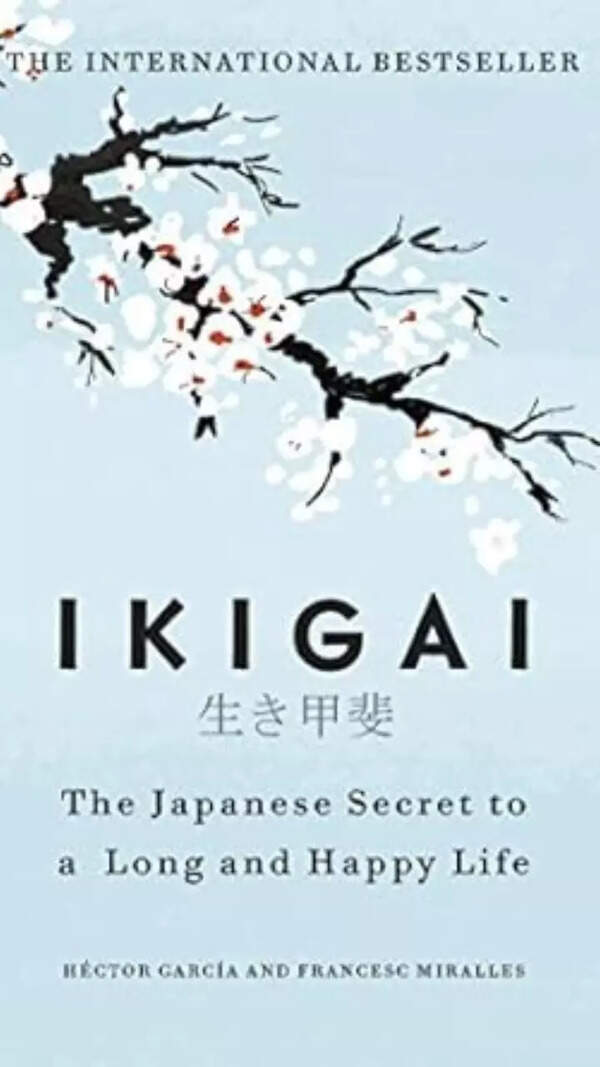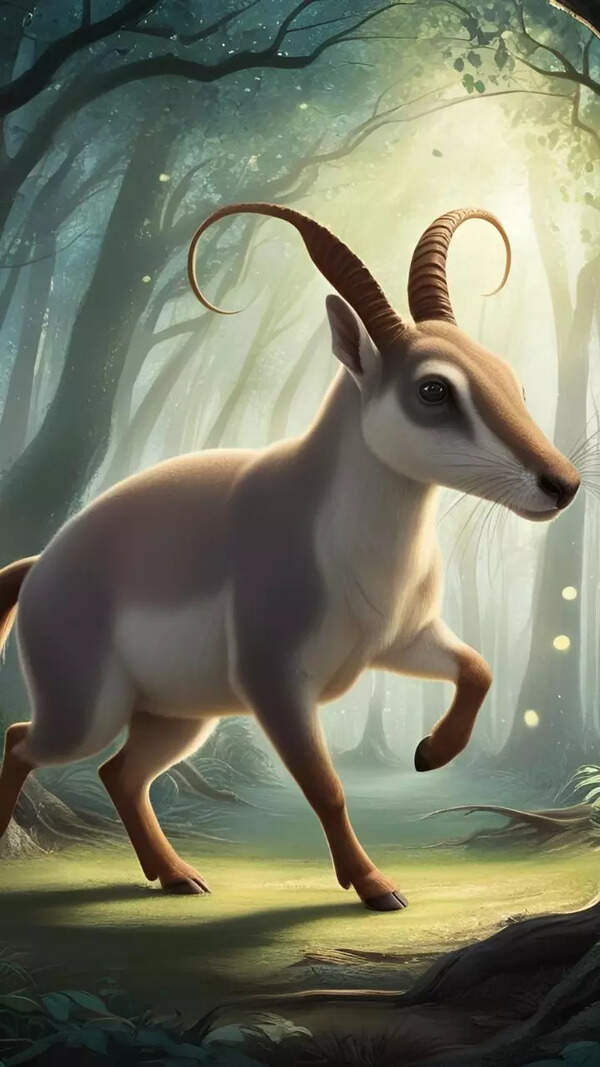- News
- entertainment
- bengali
- movies
- Jogen Chowdhury: Drawing life into line
Trending
Jogen Chowdhury: Drawing life into line
Jogen Chowdhury, a prominent figure in modern Indian art, is celebrated for his unique artistic expression using pastels, watercolour, and ink. His six-decade journey showcases a blend of Indian sensibilities and modernist influences, creating emotionally charged figures that reflect human suffering. Chowdhury's signature style combines decorative elements with unsettling realism, inviting viewers into a world where lines evoke profound emotions.
Jogen Chowdhury stands apart in modern Indian art for his distinctive choice of mediums—pastels, watercolour, and ink—eschewing the more popular oil paints, despite his mastery of them. Over six decades, he has crafted a visual language rooted in Indian sensibilities, shaped by modernist influences, but never derivative of Western styles or nostalgic traditions.
From his early college works, a deep emotional engagement is evident. Figures and objects in his art transcend form to embody feeling—often shaded with loneliness, shadow, and a quiet commentary on human suffering. His lines are alive, becoming expressive tools that evoke emotion as much as they depict.

Chowdhury’s signature style blends decorative intricacy with unsettling realism. Scarred female forms, sagging bodies, and exaggerated features are rendered with empathy, satire, and subtle symbolism. His works are not just representations—they pulsate with life, drawing viewers into a space where the drawn line becomes the heart of imagination.
This retrospective which is on till this month in Art Exposure celebrates a remarkable journey—from a young dreamer in the late ’50s to one of India's most prolific and respected artists.
End of Article
Follow Us On Social Media
Visual Stories
Tired of too many ads?










